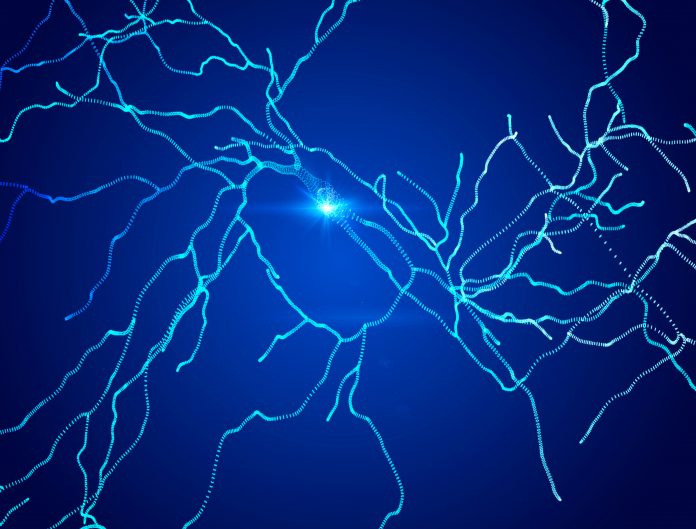Researchers are developing a new Alzheimer’s disease detection sensor that can be used in the early stages of Alzheimer’s – and a number of other diseases
The sensor is designed to work by detecting a particular type of small protein, a cytokine known as Tumour Necrosis Factor alpha (TNF alpha), that is involved with inflammation in the body.
According to research, abnormal cytokine levels have been linked to a wide variety of diseases, including Alzheimer’s disease, cancers, heart disease, autoimmune and cardiovascular disease.
Tracking biomarkers for the Alzheimer’s disease detection sensor
TNF alpha has the ability to act as a biomarker and a measurable characteristic that can indicate health status.
COVID-19 can also cause inflammatory reactions known as ‘cytokine storms,’ and studies have shown that cytokine inhibitors are an effective treatment for improving chances of survival.
“Our goal is to develop a sensor that’s less invasive, less expensive and simpler to use than existing methods,” says Engineering Science Assistant Professor Michael Adachi, the project’s co-lead.
“These sensors are also small and have the potential to be placed in doctor’s offices to help diagnose different diseases, including Alzheimer’s disease.”
“These sensors are also small and have potential to be placed in doctor’s offices to help diagnose different diseases, including Alzheimer’s disease”
According to Adachi the biosensor is extremely sensitive and can detect TNF alpha in very low concentrations (10 fM) – well below the concentrations normally found in healthy blood samples (200-300 fM).
Current methods and future Alzheimer’s detection potential
Current Alzheimer’s disease testing includes a questionnaire to determine if a patient has symptoms, brain imaging, or a spinal tap process – this involves testing for biomarker proteins in the cerebral spinal fluid.
According to the research published in the Nature Communications journal, the team has completed the proof-of-concept stage, proving that the two-electrode diode sensor is effective in detecting TNF alpha in a laboratory setting.
The next step is to test the biosensor in clinical trials to ensure it would be able to effectively detect biomarker proteins within a blood sample containing many different interfering proteins and other substances.
“We will continue testing the device’s ability to detect the same proteins using body fluid like blood samples,” says engineering science PhD student Hamidreza Ghanbari. “The other objective is to use the same device but a different receptor to detect proteins that are more specific to Alzheimer’s disease.”
“We need to be sure each sensor is made exactly the same to the tolerance required for the concentration we’re trying to predict or detect, and that’s the real challenge,” commented Professor Karen Kavanagh.








